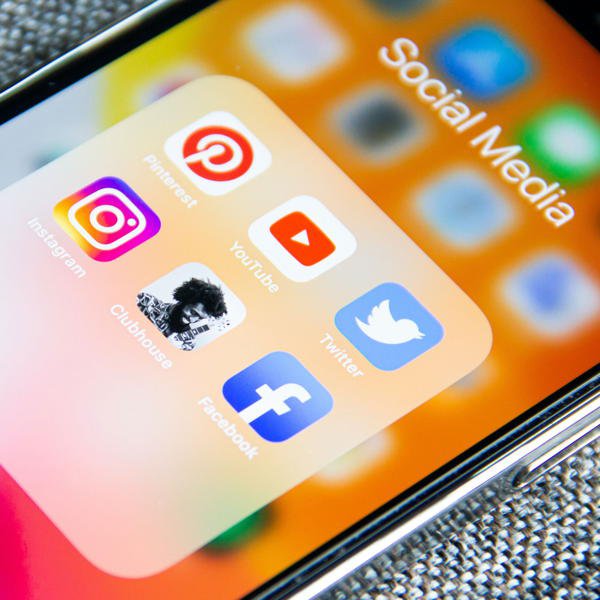

The way in which PR is executed has changed considerably in the past decade. 20 years ago, the consumption of news was regimented, with updates and stories shared at regular and limited intervals, either via a daily broadcast or a printed newspaper. Today technology has moved on at pace and brands and businesses can reach their audiences through 24-hour news channels, radio broadcasts, websites, live streams and on social media channels – such as Facebook, LinkedIn, Twitter, Instagram, TikTok and SnapChat.
It can be confusing for organisations to decide on the best approach, but we set out below some thoughts on the value that social media can bring, and the reciprocal value that PR has in maintaining the quality of content on social media.
Using social media to amplify a story
An integrated PR and social media strategy has three key goals: to drive awareness, shape perception and motivate engagement.
Utilising a company’s social media channels to promote an announcement, feature or event can boost impressions and make the story last far longer than its initial one-day publication in a newspaper. The audience is also able to directly engage with the post, sharing their thoughts via comments and shares – which invites other like-minded people to join the discussion.
By reposting articles, features or launch events, social media is able to further drive brand awareness and boost engagement – making PR even more impactful.
Reaching a new audience
Whilst social media is great for a brand’s engagement with its audience, it can prove tricky to reach out to those who have no knowledge of your organisation. PR, on the other hand, can help a company to reach a whole new demographic.
National and trade broadcast, and print media has the advantage of ‘catching the eye’ of the reader, without that reader needing to be signed up to a particular ‘feed’ or ‘thread’. And you can use traditional media to then direct readers to social media, where they then become amalgamated into your active audience.
Social media allows you to also engage directly with those who are interested in you. It brings an element of individuality, with the ability to send responses to those who reach out to you directly, whilst also allowing you to push messages out to all those who follow you. This combination lets you share more updates, in quicker succession than traditional PR allows.
Ultimately, an integrated PR and social media communications plan is able to reach both engaged and non-engaged audiences, supporting each other to communicate the brand’s mission, ethos and voice.
Building your brand
Alongside its ability to amplify PR activity, social media also gives organisations the opportunity to develop a ‘personality’. Constructed around the target market, this personality allows an organisation to connect with its audience and demonstrate all the facets of the brand much more easily than is possible in a press release.
A consistent stream of carefully curated content that includes a range of visual media (such as images, videos and infographics) can boost engagement across the board, giving an organisation the freedom to show off its brand and engage with ‘real people’ in real time. Exclusive ‘behind-the-scenes’-style material, such as employee interviews, day-in-the-life videos or workplace culture content is an authentic and transparent way for businesses to connect with their audiences and build trust. Additionally, PR professionals are able to build transparent relationships with both journalists and the public by responding to questions and issues quickly on social media. In doing so, this can expose fake news for what it really is – which, in turn, helps the public to better identify untrustworthy news sources.
Breaking through “fake news”
With the rise of social media, people are much more likely to be exposed to both misinformation and disinformation, with many not being able to recognise what is (or is not) a trustworthy source.
As a public platform, anyone can post anything without being held accountable for fact-checking, which can be particularly harmful when it comes to shaping public opinion on a given topic.
The structure of social media platforms means that misinformation and disinformation can be easily spread, with likes, shares and retweets catapulting these posts to millions of phone and computer screens across the globe. So, whilst social media is great at gaining traction, it also runs the risk of incorrect or inaccurate information about a person, company or industry being spread quickly.
This is where PR can step in. In the age of “fake news” and “alternative facts”, responsible PR is trustworthy, fact-checked, and accurate in its language. PR professionals can also decide on which conversations it should engage with, and what should be said on a brand’s behalf, helping to bury the inaccurate stories and amplify the correct ones.
Access to the ECCO Global Communications Network is simple. Contact information for a specific geography is available on the agency overview pages accessed here or contact the ECCO Global Communications office via email info@ecco-network.com.